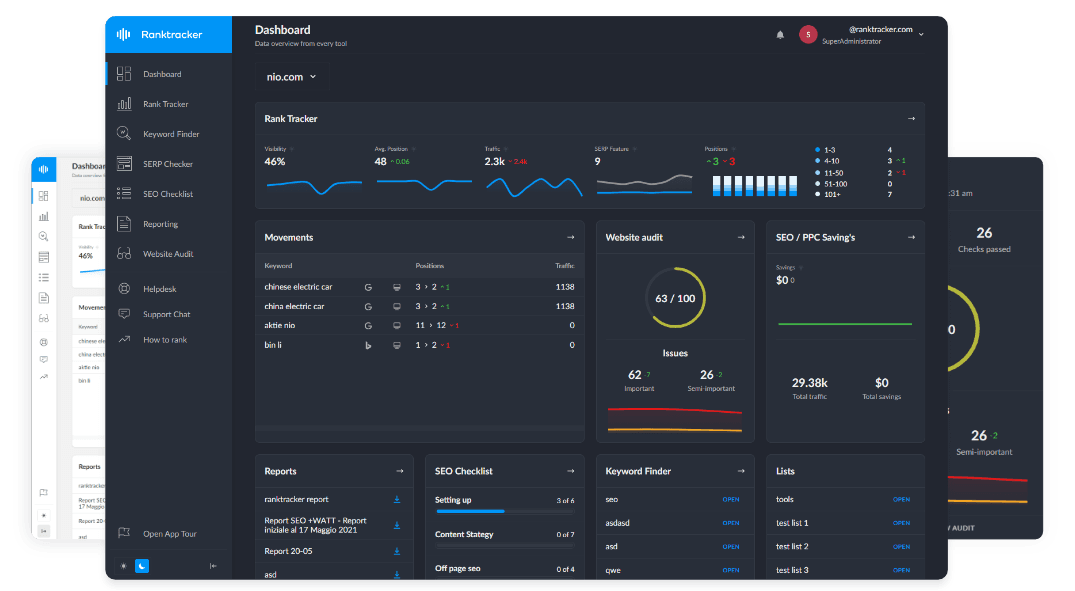Intro
Hyponyms are words representing specific examples within a broader category or concept (known as a hypernym). Utilizing hyponyms in SEO helps search engines clearly understand the detailed context and precise intent behind your content, significantly improving its relevance in search results.
Why Hyponyms Matter in SEO:
- Increase content specificity and clarity.
- Improve search engine understanding of content relevance.
- Support better ranking for detailed and specific queries.
How Hyponyms Improve SEO
1. Clarifying Content Context
- Clearly defined hyponyms help Google accurately interpret the exact scope of your content.
- Example:
- A page about "Smartphones" benefits by clearly using hyponyms like "Android phones," "iPhones," and "foldable phones."
2. Enhanced Semantic Connections
- Hyponyms enhance Google's ability to recognize detailed content structures.
- Example:
- "Digital Marketing" includes hyponyms such as "SEO," "Social Media Marketing," and "Email Marketing."
3. Effective Content Clustering
- Hyponyms clearly organize related content into clusters, improving topical authority.
- Example:
- A pillar page titled "SEO Strategies" linking internally to detailed pages such as "Keyword Optimization," "Technical SEO," and "Local SEO."
4. Improving Query Relevance
- Specific hyponyms directly match precise user search intent.
- Example:
- Content on "Local SEO strategies" precisely targets queries about "SEO for local businesses."
Optimizing Content Using Hyponyms
✅ 1. Include Specific and Related Terms
- Naturally incorporate hyponyms throughout content.
- Example:
- For "SEO," also use detailed terms such as "on-page SEO," "off-page SEO," and "technical SEO."
✅ 2. Structure Content Clearly
- Use clear headers and subheadings reflecting hyponyms to clarify content structure.
- Example:
- Organize an article titled "Guide to SEO" into distinct sections such as "Keyword Research Techniques," "Link-Building Strategies," and "Content Optimization Methods."
✅ 3. Use Structured Data
- Implement schema markup to clearly indicate hyponymic relationships.
- Example:
- Product schema for an "SEO toolkit" clearly specifies components like "keyword tracker," "backlink checker," and "rank tracker."
✅ 4. Strengthen Internal Linking
- Link related pages internally using specific hyponyms.
- Example:
- Link from a general "Digital Marketing" page to detailed subpages like "Content Marketing Techniques," "Email Marketing Best Practices," and "SEO Optimization Tips."
Tools for Optimizing with Hyponyms
- Google NLP API – Analyze semantic relationships and keyword clarity.
- Ranktracker’s SERP Checker – Evaluate keyword performance and content structure.
- Ahrefs & SEMrush – Discover new hyponym keyword opportunities and optimize content clusters.
Conclusion: Enhancing SEO with Hyponyms
Leveraging hyponyms significantly boosts your SEO performance by clearly structuring your content, clarifying semantic relationships, and precisely targeting detailed search queries. Optimizing content with hyponyms helps search engines deliver relevant, accurate, and user-satisfying results.

